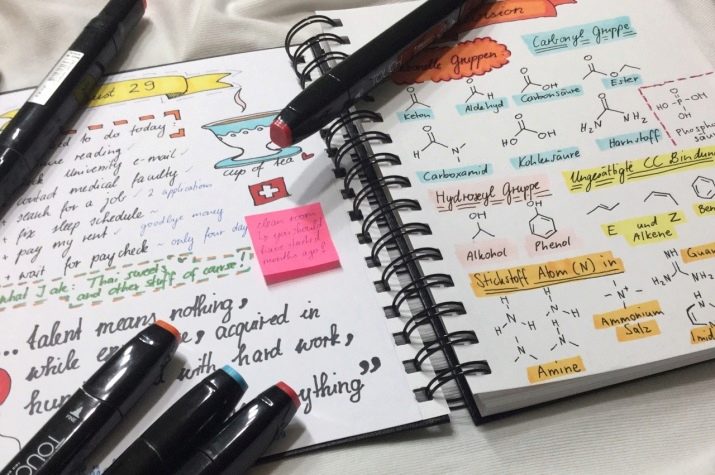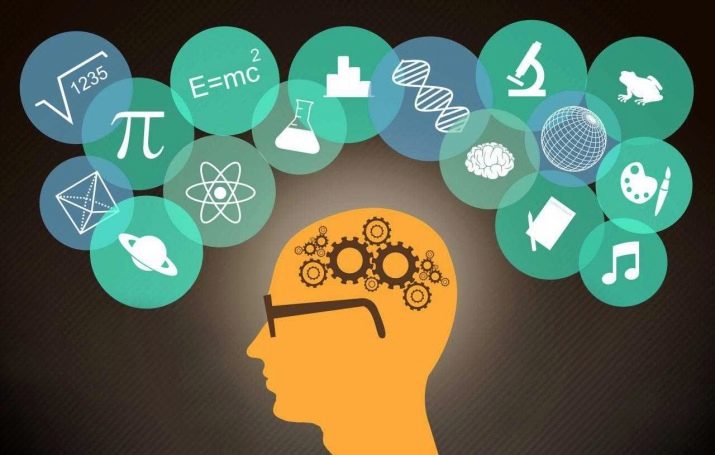In the life of every person there are times when you just need to remember something as quickly as possible. Particularly relevant is the assimilation of large amounts of information for schoolchildren and students. Today, the Internet is literally full of techniques of various experts with recommendations on how to quickly remember everything, where you can choose the best option, depending on the personal characteristics of the person.
What types of memory are there?
Memory is arbitrary and involuntary. Spontaneous information is remembered with strong impressions or interest, as well as something unusual or new. That is, what arouses interest in a person is remembered in itself. Arbitrary memory is activated by the use of willpower - it is logical thinking, memorization.
The reasons for poor memory may be.
- Lack of interest in the field requiring memorization.
- Low attention spanlack of attention management skills. This feature is characteristic of modern society, daily filtering the flow of unnecessary information. The process that has become a habit complicates the development of assimilation skills of the material as a whole.
- Lack of attention skills. Memory must be developed throughout our lives.
- Physiological factors - Such as vitamin deficiencies and lack of fresh air can significantly impair the memory capacity of the brain.
- Depression

Memorization techniques
The most common method is thoughtful reading or an understanding of the essence. Similarly, it is convenient to memorize small amounts of information. For large texts, you will need to first break the material into pieces. The procedure will be as follows.
- Slow, careful reading of the material. Mostly out loud. We determine the essence and basic idea of information.
- If the material is divided into parts, then we comprehend each part separately and determine the keywords in each.
- We manually rewrite the material on paper, delving into the essence.
- Retelling of the rewritten.
- We rewrite what is remembered.
- Again, re-read the entire amount of information and retell.

"Edge effect" German psychologist Herman Ebbinghaus is based on the fact that a person quickly remembers the information that is at the beginning and end of the text. This method helps to remember exactly the most complex and incomprehensible moments of the material. To do this, select such fragments and try to learn them first or last.
Another method is called the Ebbinghaus Curve. The scientist built a special technique so that you can remember information for a long time. The basis is repetition of material at regular intervals: the first time - immediately after reading, the second - after 20 minutes, the third - after 8 hours, the fourth - one day after the third repetition.
Physicist R. Feynman proposed this algorithm, based on the advantage of explaining complex material in simple words. This really makes the memorization process much easier. The principle of the so-called Feynman method is as follows:
- thesis writing out the necessary information;
- complex fragments should be written in simple words without complex sentences and concepts;
- all material is collected in a text so that a primary school student (about 8 years old) can understand it.

By rereading or listening to such a text, a person easily assimilates the material and observes possible knowledge gaps. As a check, you can ask for help from a friend, relative or the same child if he is interested in the topic. The listener can and should even ask questions and ask for clarifications on some points. If you can’t explain the material clearly, then it’s worthwhile to understand the topic in more detail. You can also write explanations. Particular attention in such cases is given to the most confusing and illogical aspects.
Interference method acts like that. Similar memories have the ability to mix and lead to inaccurate information. Similar information is best taught in different rooms (or in a different setting) and at different times. Similar information blocks must be alternated with completely different ones.
You can learn to outline the read material in simple and understandable words. Or create graphic drawings, in each of which the meaning of one or another information block will be laid.

Ways
There are 3 main ways of memorizing the necessary material.
- Rational memorization. This method involves the use of logical memory. During the development of information, the process of its awareness takes place, which greatly simplifies the storage of material. Rational memorization not only helps memorization, but also contributes to the training of intelligence. This method of memorization includes the allocation of microthemes in the material, determining the meaning of each subtopic, making plans, establishing a logical connection between the selected topics.
- The way mnemotechnical memorization. A very unusual and useful technique that can save a person from forgetfulness, increase everyday memorization. The method is based on memorization, starting from life experience, by translating information into images familiar to consciousness. It is so easy to learn large volumes of material that does not carry a meaning. For example, address, phone numbers.
- The method of mechanical storage. This is the usual cramming of the material. The method is the most popular, but less effective.Such memorization can easily fail, confuse, especially with the slightest hesitation in scoring jagged material. With age, the ability to memorize is significantly reduced.

It is worth considering the mnemotechnical method in more detail. In fact, there are a lot of such techniques, which makes it possible to choose any one to your taste and the characteristics of a person. Mnemonics also allow you to quickly learn foreign languages and voluminous texts. The main mnemonic techniques are as follows.
- Chain. The pieces of information that need to be memorized are linked together by associations. So, we connect the first fragment with the second, the second with the third, and so on. Fragments should have approximately the same volume.
- Matryoshka. The reception is similar to the previous one, but each subsequent block of information has a smaller volume and is included in the previous one.
- Cicero Method. Reception involves the creation of a chain of reference images. By remembering them, a person is able to reproduce subsequently all the information. It is worth noting that the images should be very vivid and memorable.
- Free associations are similar to the Cicero method, but only images should be spontaneous, not logically determined.
- Pictogram Method. For such a reception, it is necessary to compose a letter made up of characters indicating the meaning of sentences or phrases.
- Multiple numbers and numbers can be remembered by dividing into pairs of numbers, with which certain dates or events may be associated.
Various mnemonic techniques may overlap, which helps achieve the best results in memory training. And the creation of images and associations is especially good for its development.

Useful Tips
There are 11 simple and effective secrets to quickly memorizing material.
- When reading, it is worth highlighting the highlights and significant words in the text with a bright marker.
- Sing the text of the material for any motive you like or read out in the manner of a poem in prose.
- Reading information must be continued until it is fully understood.
- Loud reading of a text with an expression is more likely to focus attention on important fragments.
- Rewriting material text with another (uncomfortable) hand.
- Attracting a partner (assistant) for training.
- Record text on the recorder and periodically listen.
- Interval repetition of material at different time intervals.
- Every 20 minutes of memorization, you should take a break.
- Memorization of the material is best carried over to another time if you feel unwell.
- For fatigue, a short sleep is recommended to increase the efficiency of the brain.

You always need to train your memory. You can use even the most primitive ways and methods, as they are able to keep brain activity in good shape.
These activities will be especially useful when paired with young children, encouraging both participants to simplify and better understand the information.










